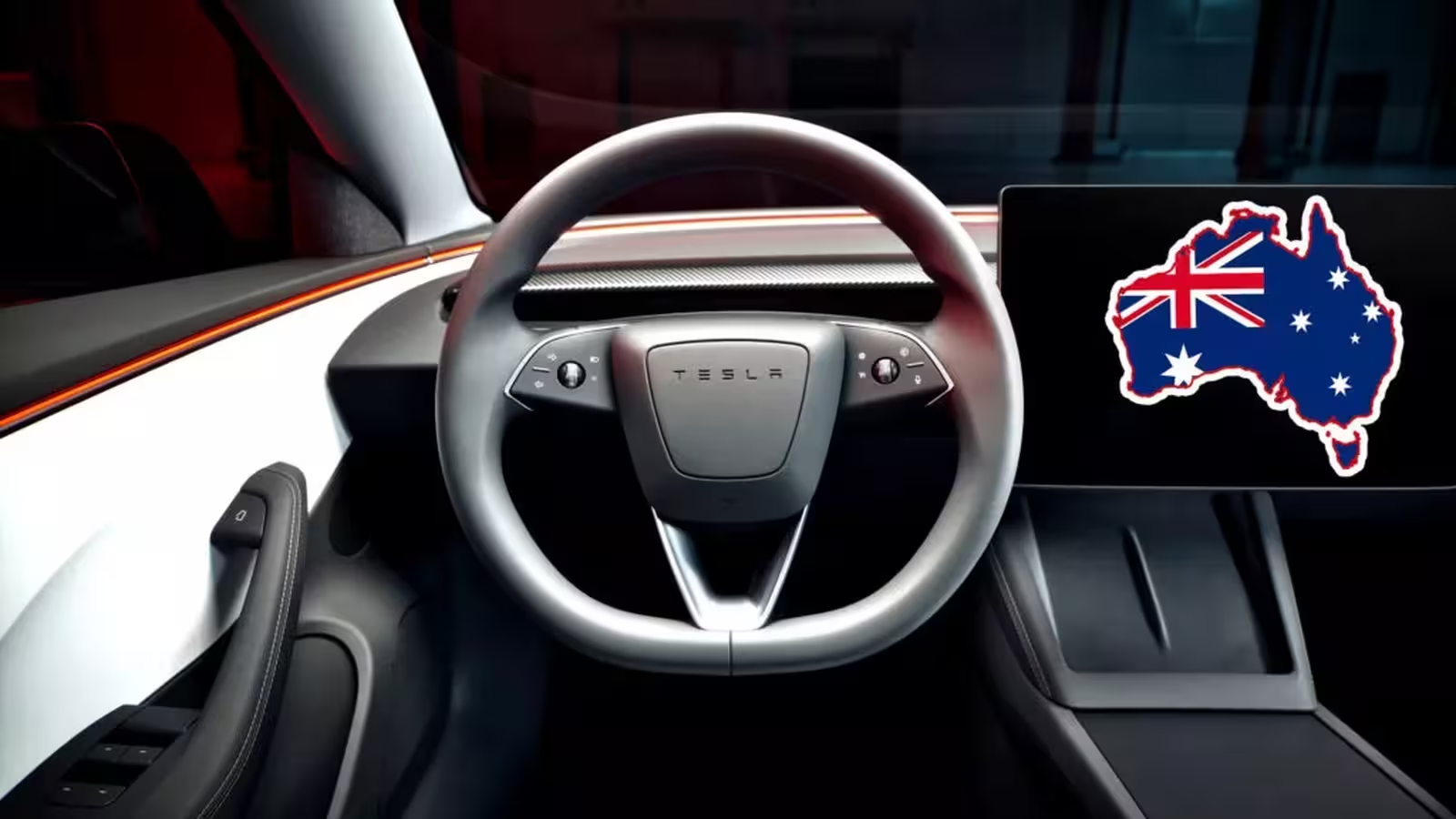3 Minutes
Tesla Faces Massive Class Action Lawsuit in Australia
Tesla, a leader in electric vehicle innovation, is now under intense scrutiny as more than 10,000 owners in Australia join a major class action lawsuit. This wave of legal challenges comes amid reports of declining sales, negative publicity, and similar lawsuits globally, marking a significant chapter in Tesla's journey toward reshaping the automotive industry. The new Australian legal case, spearheaded by law firm JDA Saddler, highlights widespread complaints about sudden braking issues, range discrepancies, and ambitious marketing claims.
What is Phantom Braking and How Is It Affecting Tesla Owners?
One of the central concerns fueling the lawsuit is “phantom braking,” where Tesla vehicles reportedly brake unexpectedly, even at high speeds of 100 to 110 km/h (62 to 68 mph). Importantly, these incidents are not limited to Tesla's Autopilot mode—many drivers report frightening and sudden deceleration even while manually controlling their electric vehicles. According to Rebecca Jancauskas of JDA Saddler, these abrupt braking events have left drivers terrified, and in some cases, have caused accidents. "Owners have reached out describing the fear and danger caused by these unexpected stops, even when they remain attentive and in full control," Jancauskas stated.
Questions Over Electric Vehicle Range and Autonomous Driving Promises
The lawsuit doesn't stop at braking—the advertised driving range of Tesla's EVs is also under fire. Allegations point to the fact that many cars are unable to reach, or even come close to, their claimed maximum range, even when the battery charge is above 50%. These claims highlight broader concerns about battery life, driving efficiency, and the honesty of electric car marketing within the auto industry. Plaintiffs argue that Tesla has long been aware of these limitations without taking meaningful action.
Moreover, the class action also targets Tesla's much-hyped Autopilot feature, suggesting that the current vehicle hardware cannot reliably deliver fully autonomous or near-autonomous driving—despite such promises being a key part of Tesla’s brand identity and competitive market positioning.

Vehicle Specifications and Market Position
Tesla’s lineup in Australia includes popular models like the Model 3 sedan, Model Y SUV, and high-performance Model S and Model X. While these electric vehicles boast advanced safety features, top-tier specs including rapid acceleration, long-range battery capacities, and innovative touchscreen interfaces, owners argue that real-world results fall short of published figures. Compared to rivals such as the Hyundai Ioniq 5, Kia EV6, and Polestar 2, Tesla's advantage in technology and range is now being questioned under the scrutiny of Australian courts.
How Does This Lawsuit Compare Internationally?
While Australia’s federal infrastructure department has reportedly received just six formal complaints about sudden braking, the large class action and mounting testimonials from affected owners paint a different picture. Globally, Tesla has faced similar challenges in markets like France and the United States, putting more pressure on the company to address safety, transparency, and the real performance of its electric vehicles.
What Does This Mean for Future Tesla Owners?
This lawsuit represents a critical moment for Tesla and the EV industry in Australia and beyond. As more drivers demand transparent marketing and proven safety features, manufacturers must ensure their electric vehicles deliver both in the lab and on the road. For current and prospective Tesla owners, keeping informed about these legal developments—and the ongoing evolution of EV technology—is essential. Stay tuned for updates as this case progresses before the Federal Court, with the potential to reshape consumer confidence and industry standards for years to come.
Source: carscoops



Comments